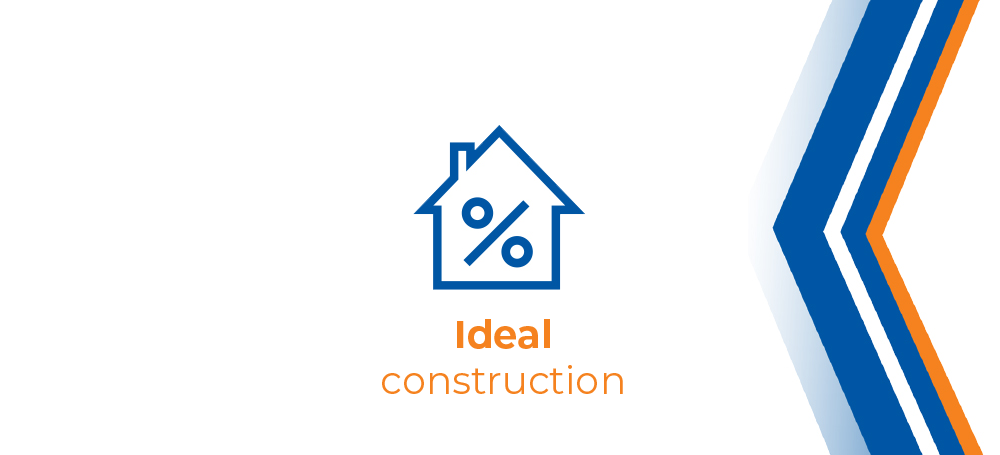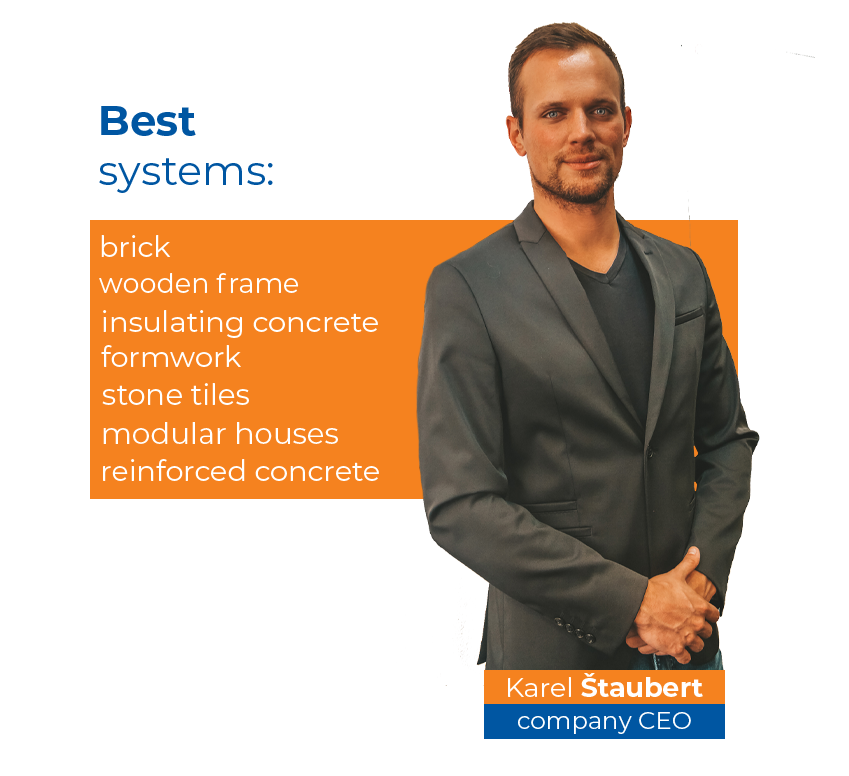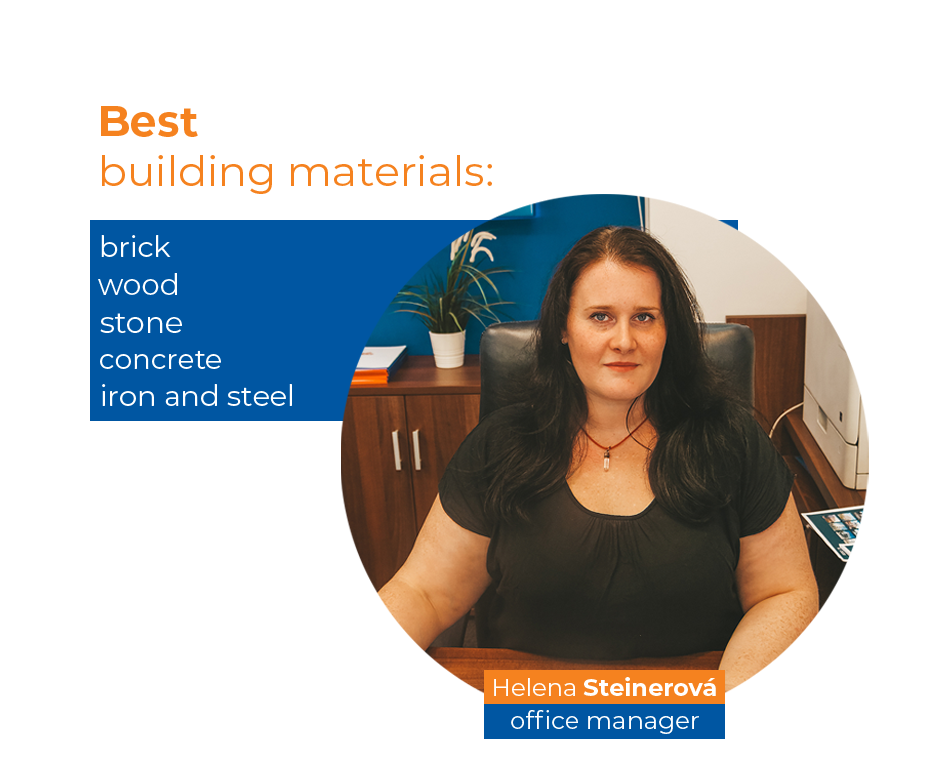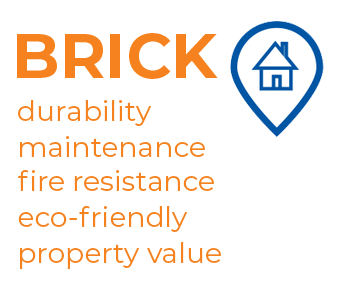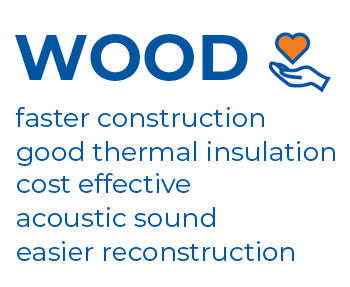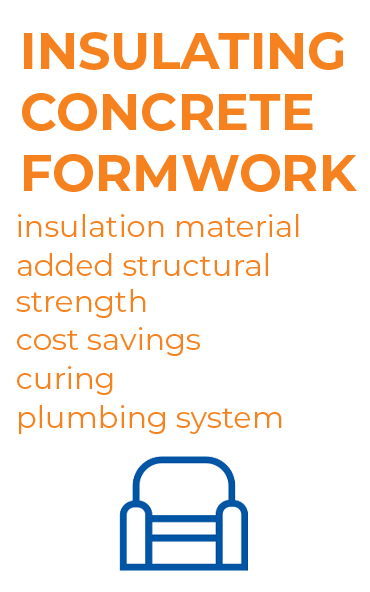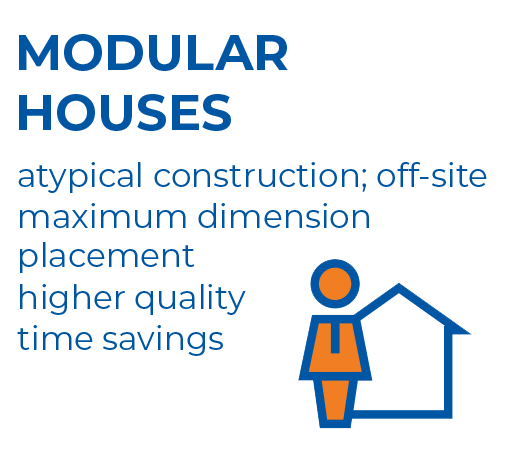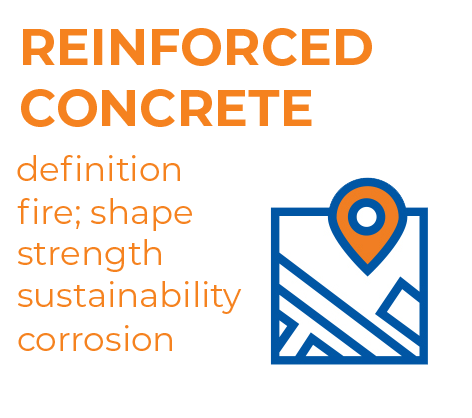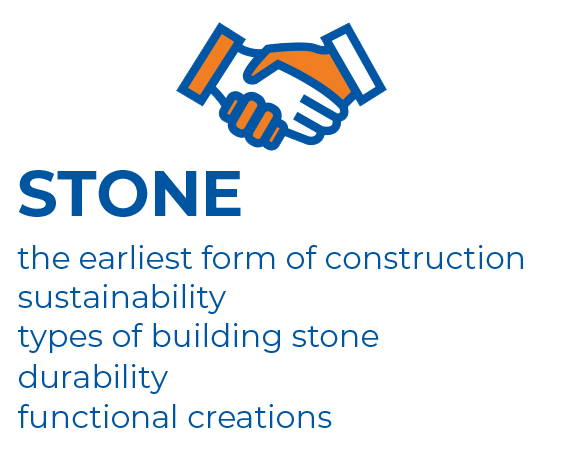Spatially compact and purposefully chosen part of the building. We're talking about construction that is supposed to change our lives for the better. It doesn't matter if we are trying to build a new home or we want to take an existing building to the next level - of course for the best price. In life, it's simply worth moving forward and always reaching for an effective solution. One of them is the selection of quality materials when building a promising home or investment project. Every refuge must meet building regulations and every quality project must know the pros and cons. In order to save time, money, the correct internal layout, but also energy efficiency, we bring you an article about the best options for construction.
Search term must have more than 2 characters.

